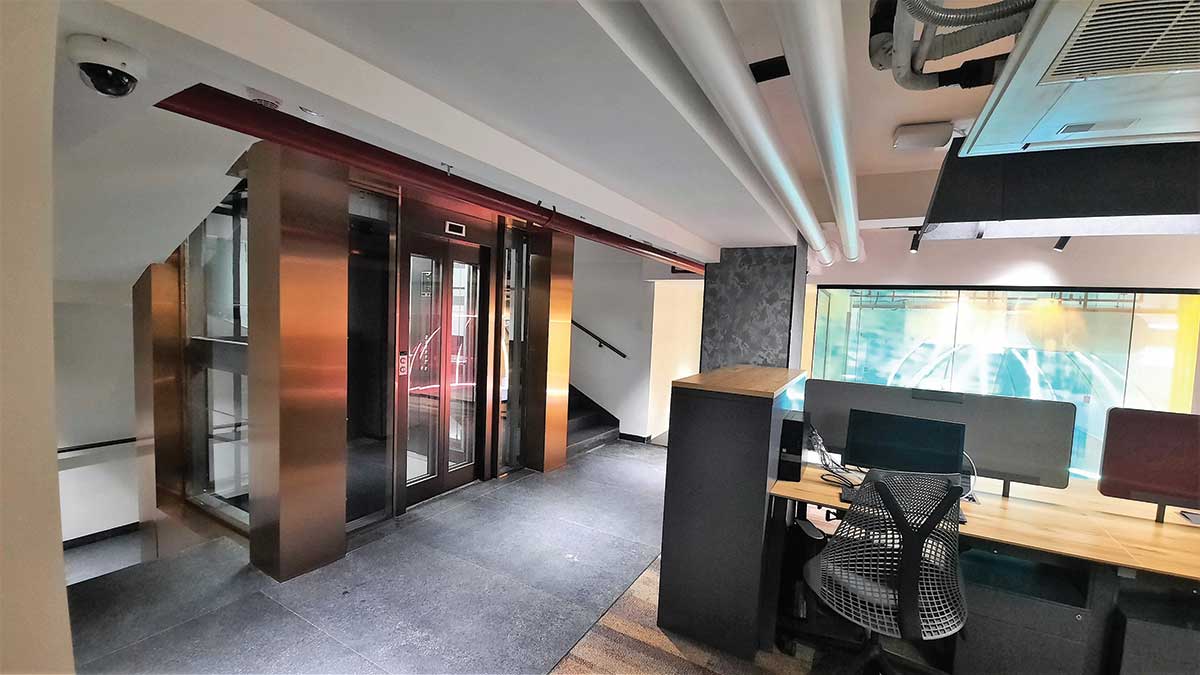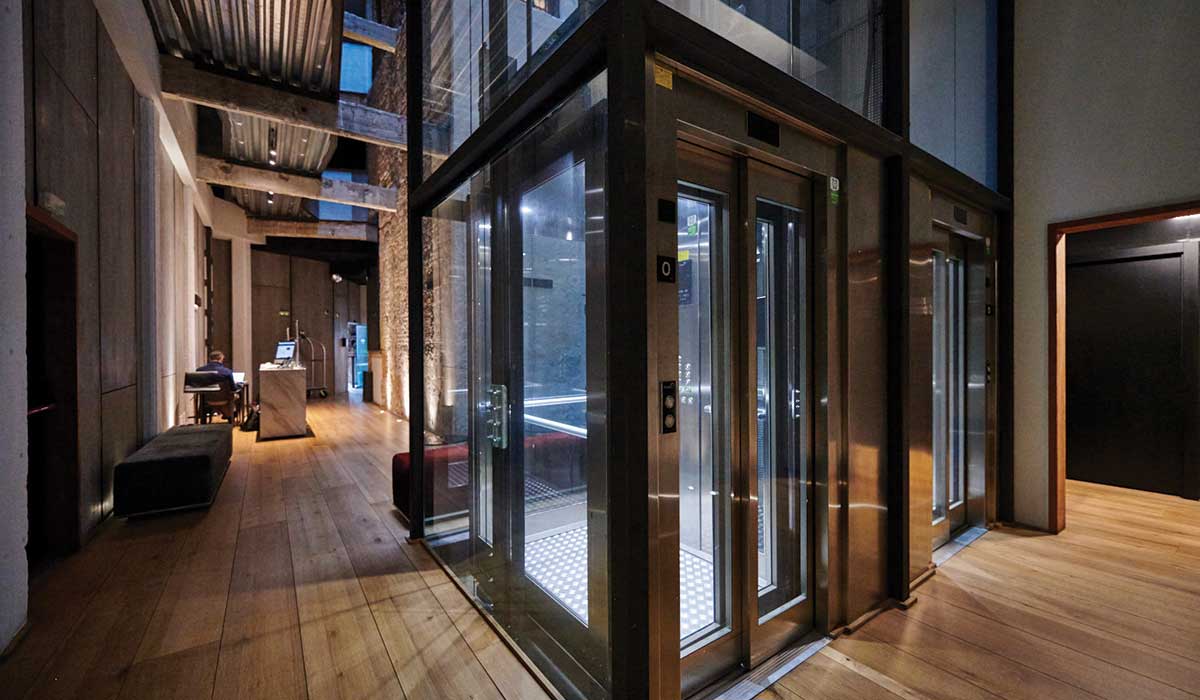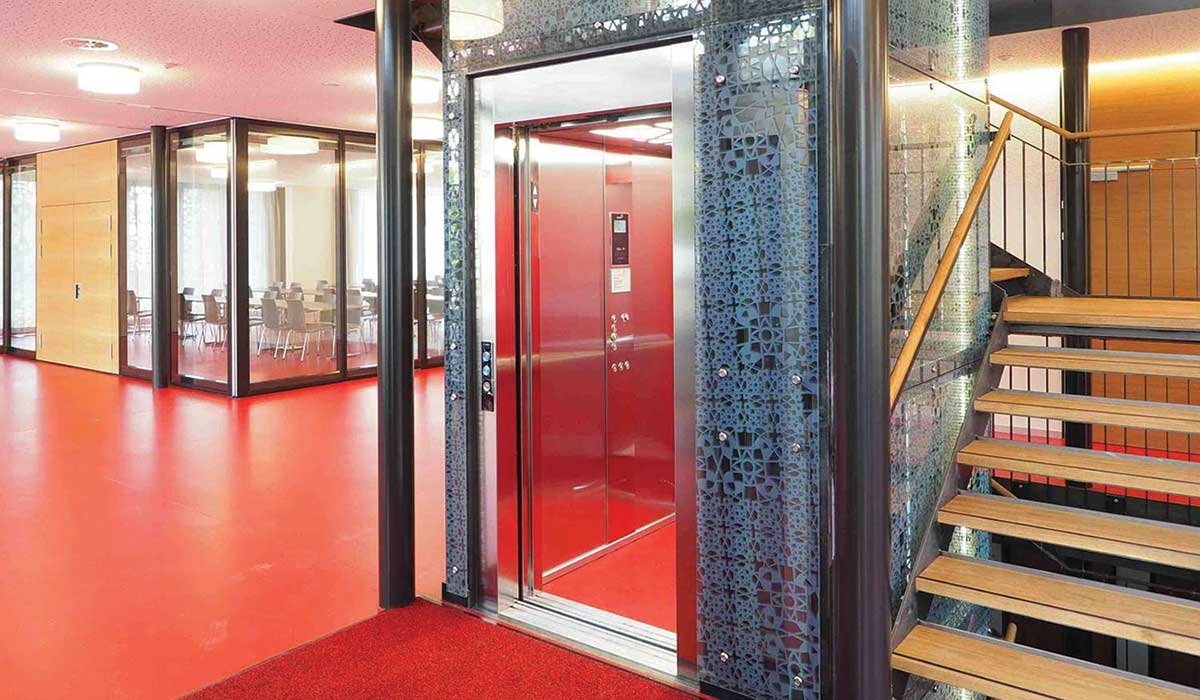Aman Moudgil, CEO & General Director, Gilco Global

Addressing safety concerns
While the pandemic and series of lockdowns have been challenging on multiple fronts for the economy, the same has led to creation of new arenas of opportunities. In the elevator sector, multiple systems have been implemented that promote use of sterilization systems in lifts and make the ride contactless. In the short term, an app-based, touchless elevator system representing an easy-to-implement solution, addresses concerns about the safety of public spaces in the Covid era, while delivering the added benefit of enhancing building security.
In the long term, there are solutions that deliver a better experience to help buildings differentiate and increase tenant satisfaction. The more people that get exposed to touchless elevator systems the more they will come to expect the convenience and personalization of being able to call an elevator from their phone, or walk into a building and travel to their default floor, without even calling a cab. As buildings develop their own apps to serve tenants, the inclusion of touchless elevator capabilities will become an expected feature.
Air sterilization devices
Air sterilization devices in lift cabins are available to make sure that all surfaces inside the lift remain sterile during operation thus minimizing the risk of virus transmission through contact or air. These systems are implemented either using an external device fixed inside the lift cabin or built into the lift ventilation system.
Gilco Global has integrated an air sterilization device in its lift cabins to keep the lift sterile at all times, and all the surfaces, including buttons etc, free from bacteria and viruses. We introduced contactless buttons in which the passenger can give a command to the lift controls without pressing the buttons.
Covid-19 has introduced a correction in the innovation process which is forcing think tanks in the industry to re-engineer the systems factoring similar scenarios in the lift designs, and prompting Architects, Consultants and Real Estate Developers to review building designs
Aman Moudgil
Inclusion of touchless elevator capabilities
With tenant safety on the top of facility managers priority list, there has been widespread adoption of touchless technology in multi-story buildings including foot pedals and holographic buttons.

Concerns about the cleanliness of elevator buttons are not new — research in 2014 by OBP Medical found that elevator buttons in hospitals contained more bacteria than toilet flushers in the same facility. However, building owners and facility managers should think beyond the current situation and consider solutions that address safety concerns while also delivering additional value through features like the Destination Control System - a group control system that makes it possible to provide optimum elevator operation by recognizing passenger’s destination beforehand. This leads to shorter journey times and better handling capacity compared to conventional full collective elevator systems. With DCS, the situation of the flow of people in the building is comprehensively optimized in order to provide efficient travel.
Touchless elevator systems can be integrated with building access control systems to address concerns with security and safety through a single solution. The control provided by a touchless solution enables building and security managers to limit access to floors to authorized groups or individuals while increasing tenants’ confidence that building owners are doing everything possible to ensure safety.
Opportunities in elevatoring business
Despite 2021’s rough start for the industry, Gilco Global secured more orders against the previous year, which we are in the process of executing and delivering to ensure that 2021-22 doesn’t pull the brakes on our growth run in India, where we have been present for over 7 years now. All our products are as per EN81 lift standards (European certification for lifts).
Our product quality through the completed installations is the best testimony and is helping us with continuous referrals in addition to other initiatives from our marketing team. We now have solutions for high-rise buildings with speeds of up to 10 meters per second. The Indian market has always been cost conscious, so we will be introducing a new range of products by October 21 to lure the cost-conscious buyer.

Designing buildings to be able to address long-term requirements
With the continuing growth in the elevator market, property developers, architects, engineers, and end-users in India have little trouble in embracing the latest elevator technology and features that enhance user safety and experience.
The current lift designs are being evaluated from the perspective of immediate/short-term solutions and also from the long-term perspective. However, the buildings should be designed to be able to address long-term requirements as any changes at a later stage on the core sizes or number of elevators may not be possible.
In terms of elevator capacity, it is dependent on population, waiting period and handling capacity. The numbers are optimized and any further increase in the capacity without change of parameters (for want of social distancing) will have cost impact and also change efficiency rations, and as such we may continue to have the current capacities which are optimum.
Real Estate experts are now increasingly emphasizing on incorporating technological innovation for elevators with contactless technology, anti-microbial finish, improved ventilation and air flow inside elevators, filtration system etc.
The elevator industry is expected to develop indigenously and bring new technologies like DCS and other innovations to India; have less reliance on manpower and possibly getting scaffold-less construction; increase in IoT-based data collection, and learning to determine parameters based on actual usage of elevators to help analyze values on which lift traffic analysis was modelled.
Challenges
The major impediment in the Indian elevator market is that despite being the second largest, it isn’t the most high-tech in the world. The number of high-rise towers being built is relatively small, which means the elevators supplied have generally lower speeds and less sophisticated control systems.
The recent slowdown in the residential real estate market has had a negative impact on the elevator industry, resulting in delays in order finalization and project completion.
As for installation challenges, lack of skilled manpower and differing applicability of safety codes across India are the two biggest challenges currently faced by the industry. Adding to the maintenance woes, even though newer housing societies may install modern lifts, there is no emphasis on maintenance. Often housing societies change their leadership every year, which creates continuity problems.
Another pressing issue is regulation discrepancies across the country. Each state has a different agency regulating the segment. A national-level body for regulation and policy is needed. Almost two-thirds of the country is still not covered with any legislation governing the installation and maintenance of lifts. The industry players say a uniform Lift Act could not only help in improving product safety by using new technologies but also support in optimizing development, manufacturing, and installation costs.
High-rise elevator systems demand meticulous and impartial capacity analysis and detailed simulation. Not only should the building, its population and peak demands be correctly modelled, but elevator configuration and physical and/or dynamic zoning should also be determined. The correct choice of group control system plays a vital role, as does the correct choice of group sizing, elevator capacity, and nominal speed.
















